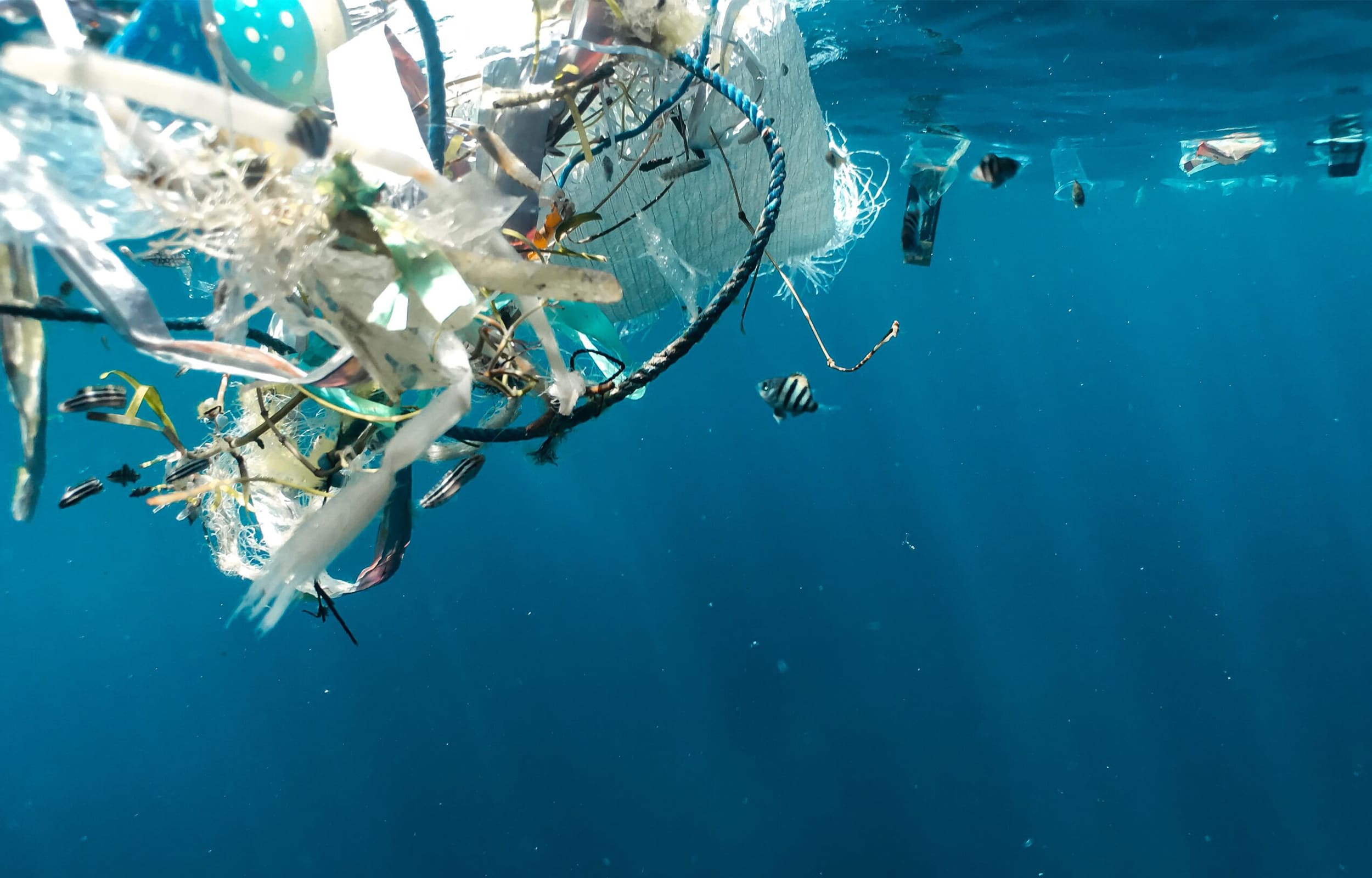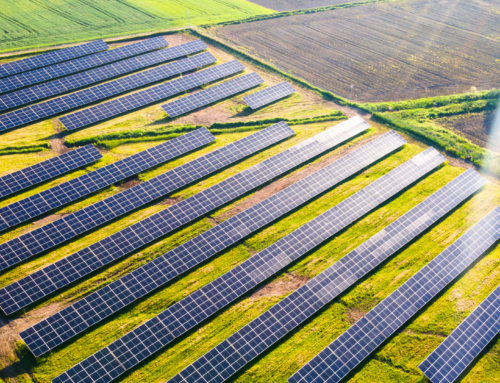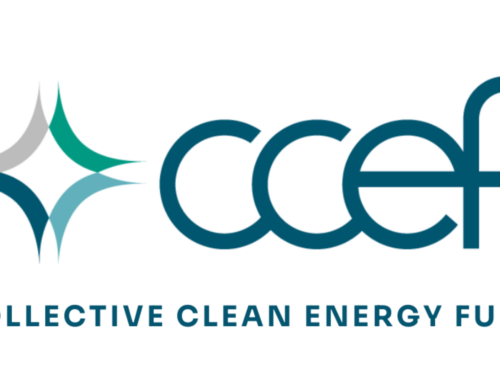Water pollution occurs when harmful substances or contaminants are present in water bodies, including surface water, ocean water, and groundwater. Because water is an essential resource that is a key part of any ecosystem, water pollution can have wide-ranging and detrimental effects on human health, animal health, and the environment.
There are many types of water pollution, differentiated by the type of water source that’s polluted or the nature of the pollutant (chemical, microbiological, etc.). Water pollution is also frequently categorized as point source or nonpoint source pollution. Point source pollution comes from a specific identifiable source such as a factory or sewage treatment plant. Nonpoint source pollution, on the other hand, comes from diffuse sources like agricultural runoff or atmospheric deposition.
Effects of Water Pollution
Water pollution can have a variety of negative consequences on human, animal, and environmental health. Polluted water sources can cause illness and disease in humans and animals, harming aquatic life and damaging ecosystems. Water pollution can also affect the appearance of water bodies, making them less desirable for recreational activities such as swimming or fishing.
Here in Colorado, our surface waters and groundwater are vulnerable to pollutants that increase human health risks and cripple ecosystems. Colorado State University reports that “common water pollutants in Colorado include metals, nutrients such as phosphorus and nitrogen, ammonia, pathogens like disease-causing bacteria, sediment, and salinity.” These can and do lead to public health concerns as well as damaging processes like eutrophication, in which excess nutrients create “dead zones” with low oxygen levels and disproportionate algal blooms.
Causes of Water Pollution
Human activities—particularly industrialization and urbanization—are a major source of water pollution. Industrial activities like manufacturing and agriculture can release pollutants into water bodies. The NRDC reports that in the US, “agricultural pollution is the top source of contamination in rivers and streams, the second-biggest source in wetlands, and the third main source in lakes.” And in states like Colorado, unsafe mining practices have left a legacy of heavy metal contamination in waterways.
Urbanization can also lead to increased runoff from roads and buildings, carrying pollutants into water bodies. Natural events such as floods and droughts can exacerbate this by stirring up sediment and carrying additional pollutants into water sources.
To protect our water, it’s important to take action. The prevention of water pollution can include:
- Implementing regulations to control pollution
- Investing in wastewater treatment
- Educating the public
- Water quality monitoring
Here at the Colorado Clean Energy Fund, we understand the value of protecting our state’s water resources and environmental health, so we’re working to put Colorado on a path to a clean and sustainable future. We support Coloradoans in their efforts to transition to clean energy, using the tools we have as a green bank to break down the financial barriers that inhibit access to clean energy for communities across the state. Explore our products and programs here to see how we can help you reach a sustainable future.
Sources:
- https://education.nationalgeographic.org/resource/point-source-and-nonpoint-sources-pollution
- https://waterknowledge.colostate.edu/hydrology/water-quality/
- https://www.nrdc.org/stories/water-pollution-everything-you-need-know#categories
- https://cdphe.colorado.gov/mining-and-water-quality
- https://www.hsph.harvard.edu/ehep/82-2/







